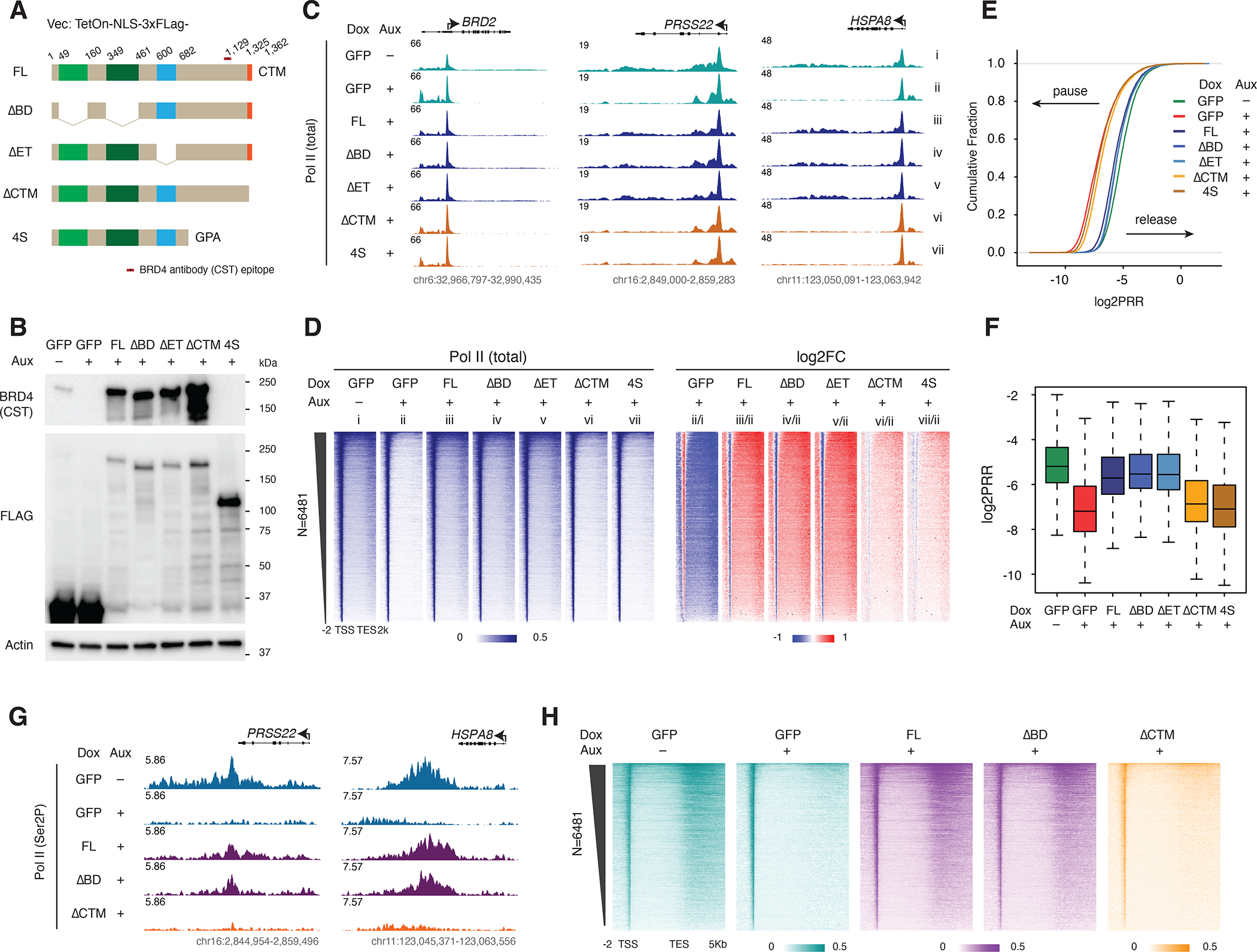Figure 2. BRD4 bromodomains are dispensable for Pol II pause release.

A. Schematic of the FLAG-tagged, Dox-inducible BRD4 mutant constructs, relevant to all of Figure 2 (vector: TetOn-NLS-3xFLAG). The location of the epitope for the commercial BRD4 antibody (CST) is indicated.
B. Western blot showing BRD4 mutant construct expression in the same conditions used for subsequent rescue experiments: auxin-treated (3h) BRD4-IAA7 cells, 2d after Dox treatment (50nM). Blot was probed for BRD4 using antibodies against a C-terminal epitope (see A) and the N-terminal FLAG tags.
C. Track examples showing the total Pol II ChIP-seq signal at the BRD2, PRSS22 and HSPA8 loci for the rescue experiment, in which auxin-induced endogenous BRD4 depletion is complemented by Dox-induced mutant construct expression.
D. Heatmaps showing the genome-wide Pol II occupancy and fold change in occupancy for mutant constructs vs GFP control in the rescue experiment.
E. ECDF comparison of log2PRR in the rescue experiment showing ΔCTM and BRD4S mutant constructs clustered with auxin-treated (BRD4 depleted) GFP control, while FL, ΔBD and ΔET constructs are clustered with the untreated GFP control.
F. Boxplot comparison of log2PRR in the rescue experiment.
G. Track examples of the Pol II Ser2P ChIP-seq signal at the PRSS22 and HSPA8 loci, showing loss of Pol II Ser2P occupancy due to auxin-induced endogenous BRD4 depletion that is rescued by Dox-induced expression of the FL or ΔBD but not ΔCTM mutant constructs.
H. Heatmaps showing the genome-wide Ser2P occupancy under the same rescue experiment conditions.
